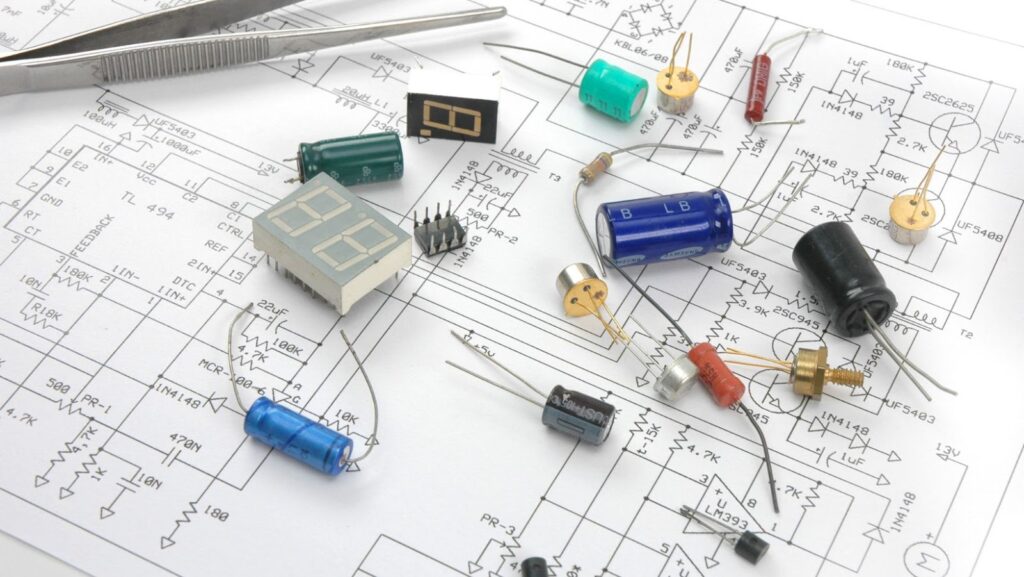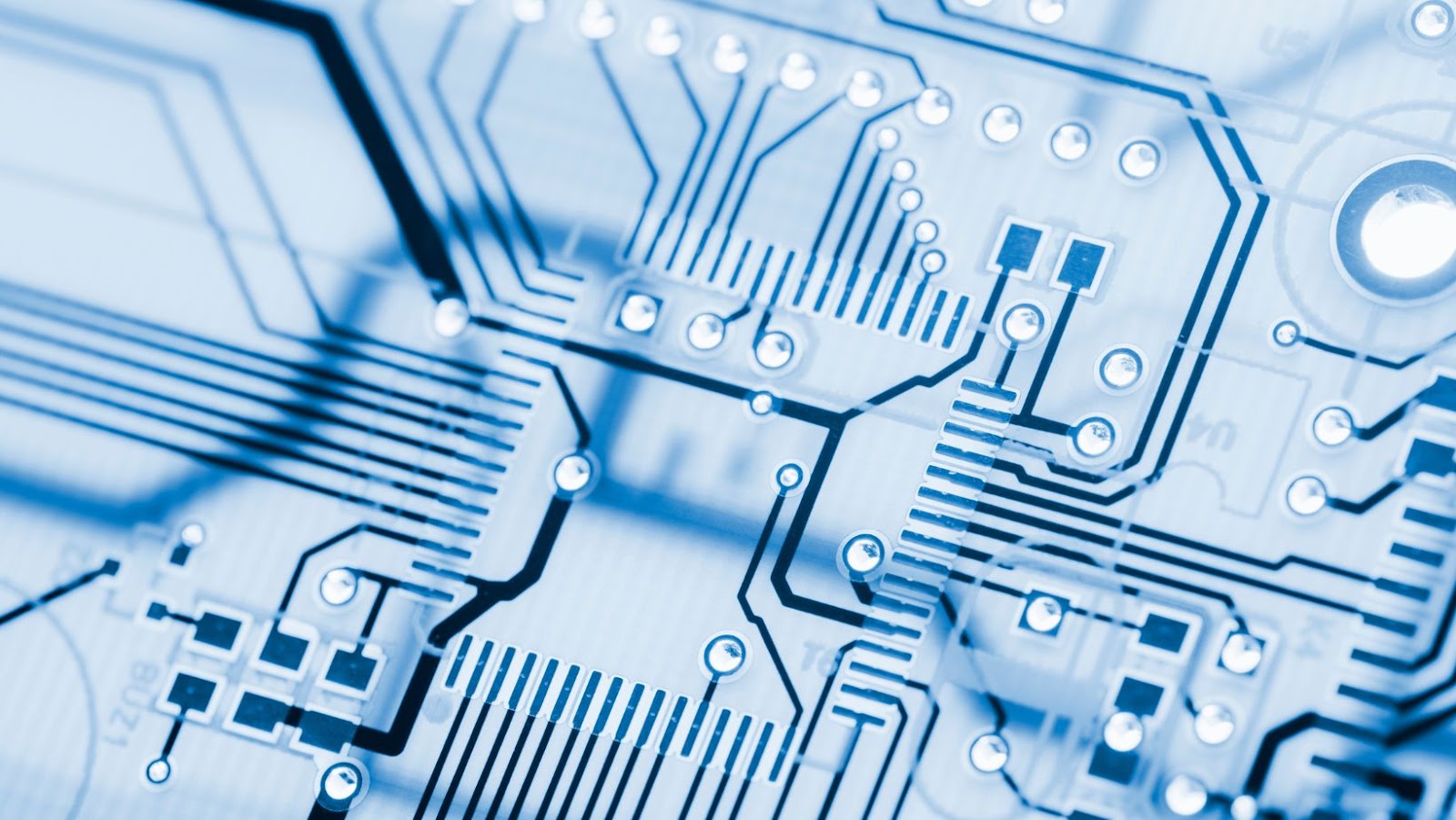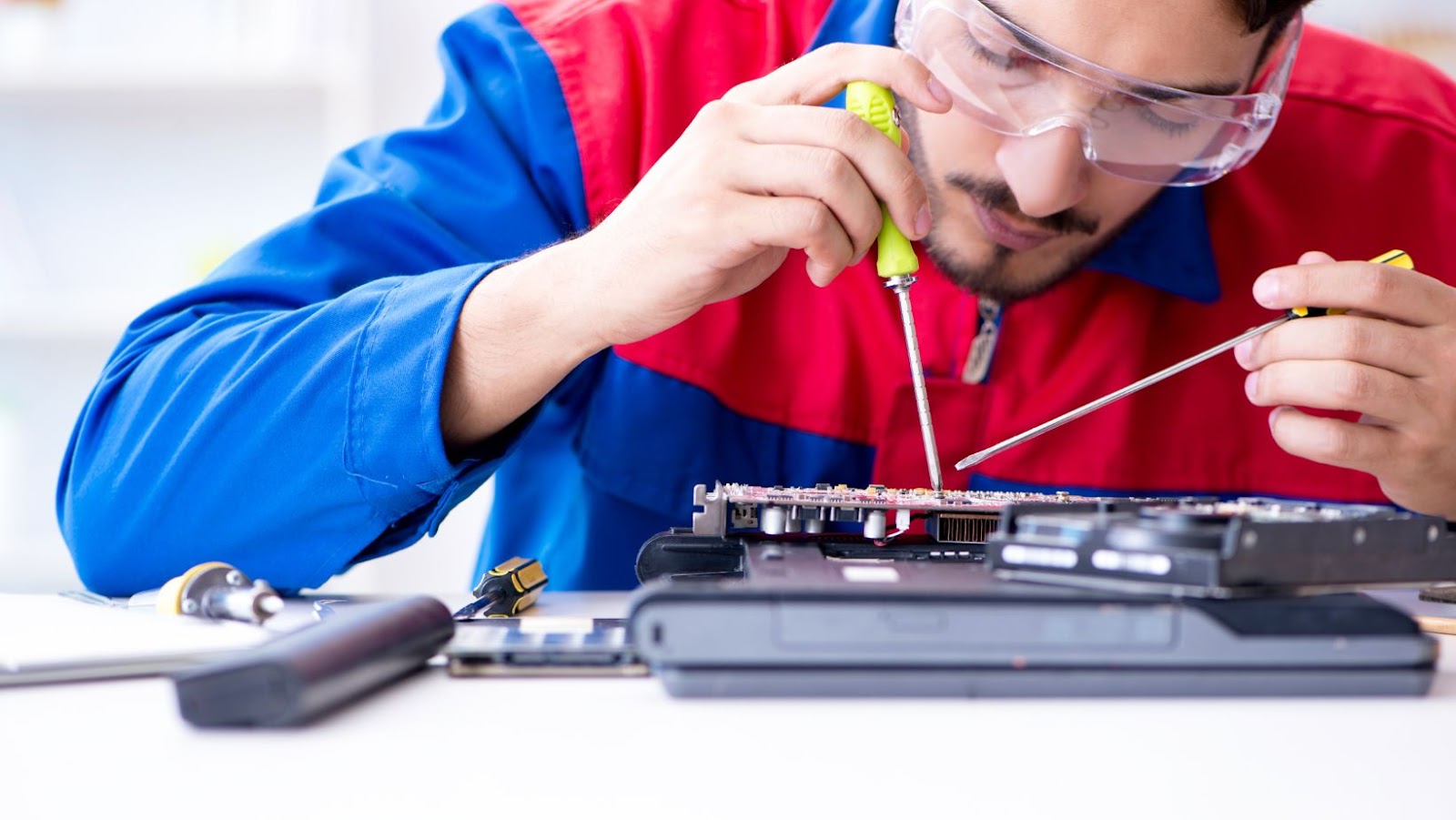
Refurbished electronics is becoming an increasingly popular option for people looking to save money while still being able to buy quality goods. With the rise in popularity, more companies are investing in the field, with Refurbed raising a $17M round, led by Evli Growth Partners.
This article will explore the advantages and disadvantages of buying refurbished electronics to help you decide if it is the right choice.
Refurbished electronics startup Refurbed raises $17M round, led by Evli Growth Partners
Refurbished electronics are items returned to the manufacturer by a customer, repaired, tested, and returned to original condition. They may then be resold at a discounted price. Refurbished electronics are usually available in popular electronic stores and online shopping sites like Amazon, eBay and Walmart.
The advantages of refurbished electronics can be major bonuses for some consumers. They typically cost much less than their original retail prices and can represent considerable savings, especially when buying high-end items like laptops or tablets. For more budget-conscious shoppers, cheaper options, such as desktop computers or cellphones, may still be available. Before buying any refurbished electronic item it’s important to ensure that it is offered with a good warranty and service agreement from the seller or qualified reseller.
While there are potential advantages to buying refurbished electronics, some potential drawbacks should also be considered before making a purchase decision. The quality of these products will vary depending on how they were tested and refurbished before being resold, with some units undergoing more rigorous safety tests than others. Additionally, some components may not have been replaced during the refurbishment process so there may be certain issues with those elements down the road. Finally, availability of replacement parts for older models (especially factory parts) may not exist making future repairs more difficult or impossible in certain cases.
Background on Refurbed
Refurbished electronics, also known as “refurbs” or “reconditioned” electronics, are a great way to get tech gadgets at a fraction of the cost of buying them new. Refurbished products may have been returned from customers who simply changed their minds about a product, have minor cosmetic blemishes or may have needed repairs. In addition, items that pass rigorous testing standards are sold for significant cost savings — typically 30-50 percent less than the original retail value.
Before purchasing any electronic appliance, it is important to consider all the advantages and disadvantages of buying refurbished products. Here are some important questions you should ask before making your decision:
- What (if any) warranty is included with the purchase?
- Does the item come with updated software?
- Is it significantly discounted from its original retail value?
- Are there any discounts available if bought in bulk?
- Is technical support available for setup or repair if needed?

Advantages of Refurbished Electronics
Refurbished electronics have become increasingly popular in recent years with more and more people turning to them for great deals. Refurbished electronics are typically pre-owned items that have been repaired, tested and certified to function like new. As a result, they offer great value and performance while reducing environmental waste.
In a recent announcement, leading refurbished electronics startup Refurbed raised a $17M round, led by Evli Growth Partners.
This article will explore the key advantages of buying refurbished electronics.
Cost Savings
If you’re in the market for electronics, refurbished items offer significant cost savings over new products. One of the main advantages of buying used technology products is that they tend to be much cheaper. Refurbished electronics can help you save money while still getting a quality device. Refurbished items are often returned by customers or simply unused store displays, but have been tested, inspected and repaired to ensure they function properly. If there is any noticeable wear and tear the product will typically be offered at an even lower price point.
In addition to cost savings, this purchase allows you access to discontinued or end-of-life models and technologies. For example, many companies offer refurbished equipment no longer available in stores or online retailers. These items could give you access to rare models or devices with features not currently available on retail shelves.
When deciding between purchasing a new item or a refurbished version, it’s important to consider factors like warranty coverage, product condition and potential costs associated with repair or additional features that may be required when using a used product. However, if those concerns are addressed, opting for a refurbished model could be an excellent solution for obtaining quality hardware at a reduced price point.
Environmentally Friendly
Refurbished electronics are environmentally friendly because they are given a new lease on life. Instead of being disposed of, they are restored to ‘like-new’ condition so that the components inside can be reused and recycled. This is done through careful inspection, testing and replacement of parts that do not function properly or meet the highest safety standards required.
By using refurbished electronics, you are making an ethical choice to reduce the amount of waste generated from discarded electronic products. Not only does this help protect the environment from further contamination, but it also supports responsible consumption and prevents unnecessary consumption of natural resources.
Quality Assurance
Refurbished electronics has some advantages, one of the biggest being quality assurance. Many electronic companies take back items no longer working properly and often have them repaired or restored by qualified technicians before placing them back on the market for sale.
While it’s always important to check the warranty, feedbacks and satisfaction guarantees with refurbished products, much of the guesswork can be taken out because of the extra measures taken in advance by technicians. Some companies even offer extended warranties on these products if a problem arises after purchase. This is often an important factor that should be considered when shopping for electronics. It will ensure you receive coverage beyond what a brand-new product would initially offer.
Disadvantages of Refurbished Electronics
Refurbished electronics have become increasingly popular as a means of sourcing technology products. This sourcing method is generally cheaper than purchasing items brand new, and can also provide access to a wider range of products.
However, used electronics also come with risks and drawbacks, so it’s important to be aware of them before purchasing.
This article will discuss the disadvantages of purchasing refurbished electronics.

Limited Availability
One of the primary disadvantages of purchasing refurbished electronics lies in the limited product availability. This means that shoppers need to check and recheck the availability of their desired product until it is sold out. Some shoppers try to buy refurbished electronics from retail stores, often unsuccessfully because the popular items tend to go out of stock quickly at discounted prices.
Even when one does find a product for sale, another major disadvantage can be seen in the difference between what is expected and what is delivered, due to absence of an original box and instructions or sometimes because a part of a gadget may have been replaced with an unbranded or generic one.
It is also worth noting that some manufacturers do not offer warranty on all types of equipment, nor are they obligated to provide additional support such as technical assistance or configuration guidance if the item is returned. This can be a disadvantage for those buying an electronic device without experience.
Lack of Warranty
When it comes to the purchase of refurbished electronics, one of the primary disadvantages is the lack of a reliable warranty. Generally, a warranty for most refurbished devices ranges anywhere from 30 days to one year — however, there may be no warranty at all in some cases. Usually, it depends on the seller and whether they offer a manufacturer’s warranty. Without any form of protection or coverage plan, you may end up having to face financial repercussions if something were to go wrong with the product after purchase.
Additionally, if you have an issue with your device and within the given time frame for exchange/return has elapsed and there is no longer any type of coverage plan offered by the seller or manufacturer, then any problems encountered will have to be solved at your discretion since you may have very limited options for computer repair. These repair costs can add up quickly — particularly if working on issues related to internal components — and could exceed what you paid for the device in the first place.
Potential for Hidden Costs
When you purchase refurbished electronics, there is the potential for hidden costs. You should be aware that there is a chance that the item may not perform to your expectations and you could end up paying additional costs for repairs or replacements. Another potential cost is related to the warranty, as some manufacturers may only offer a limited warranty on refurbished items. While it is possible to purchase an extended warranty, this too may be an extra cost to consider when budgeting.
It’s important to research thoroughly and find out exactly what condition the item is in before you commit. It’s also essential to determine what kind of guarantee the seller offers regarding any additional costs associated with the product if it doesn’t meet its performance expectations. Ultimately, shopping around and comparing prices from different sources can help you mitigate against hidden costs and ensure you get a good deal.

Conclusion
Whether to purchase refurbished electronics or not ultimately depends on the individual needs and preferences of the buyer.
The pros of refurbished electronics are that they are usually cheaper than new products and can be just as good quality, if not better. On the downside, refurbished electronics usually don’t come with manufacturer warranties, so it’s important to ensure the quality before buying.
It is worth considering the purchase of refurbished electronics if the cost savings is important to you.
Summary of Advantages and Disadvantages
While there are potential pitfalls associated with purchasing refurbished electronics, there can be a considerable benefit in cost savings. It’s important to remember that although some refurbished items are merely customer returns and may not include any inspected or repaired parts, many have been tested and repaired to factory standards and come with a warranty. Additionally, some manufacturers may offer additional warranties on the items they sell as refurbished.
The advantages that accompany the purchase of a refurbished item include the following:
- Substantial cost savings over new models
- Factory-tested parts and components often come with an extended manufacturer’s warranty
- Can offer better value than buying used from an online store or auction site.
- Buying certified pre-owned electronics can help reduce electronic waste by using existing products instead of discarding them.
On the other hand, there are some potential downsides to purchasing ready-made or certified pre-owned electronics that should be considered:
- Some risks may still exist when buying used electronics such as malfunctioning parts or compatibility issues due to age
- Limited availability of certain products on the market; this could lead to paying higher prices for certain models or hard to find items
- Customer support may not be readily available after fulfilling a purchase; it may be difficult/impossible to get replacements if something were to go wrong
- Condition of components inside each item is unknown; some refurbished items might need costly repair soon after purchase
Refurbished Electronics as an Investment Opportunity
When you’re looking for a new product and can’t decide between refurbished electronics or a new item, it’s important to know the advantages and disadvantages of each. Refurbished electronics are becoming increasingly popular as consumers seek out economical solutions. Shopping for refurbished electronics can often provide significant savings without sacrificing quality. However, some downsides to this decision should also be considered before investing in a product.
Advantages of Refurbished Electronics: -Cost Savings – Refurbished electronics often cost significantly less than brand new products; some consumers report saving hundreds of dollars when choosing a quality certified pre-owned item. -Longevity – refurbished electronics are tested thoroughly before being placed on the market. In addition, they will come with warranties against any defects or damage caused by reconditioning processes to return the item to its original condition. This means investing in quality products that have already been tested as reliable solutions without sacrificing warranties or features associated with a brand-new item is possible.
Disadvantages of Refurbished Electronics: -Potential Battery Issues – The battery is one of its most important components when purchasing an electronic product. With a reconditioned or preowned device, the battery life may not be optimized due to previous use and/or wear-and-tear on internal components and charging cycles which could lead to instability in peak performance over time. -Varying Warranties – The conditions under which your refurbished electronic purchase carries with it may vary from manufacturer to manufacturer, making understanding what your warranty covers critical before buying the item to ensure any issues can be properly dealt with should they arise.











